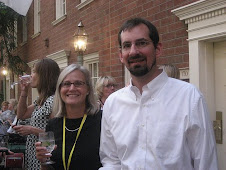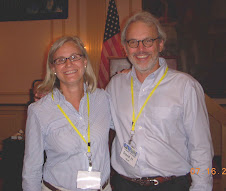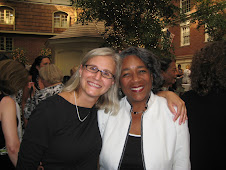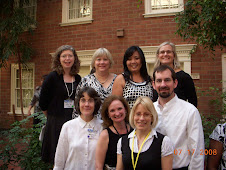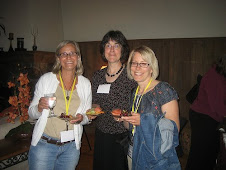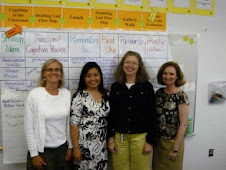 photo from bryonnbain.comBryonn Bain
photo from bryonnbain.comBryonn Bain, who has joined the National Urban Alliance as its Artist-in-Residence, is Brooklyn's Famed Spoken Word Poet.
Bain currently teaches at Columbia University and at
Riker's Island Prison.
Bain first came into the national spotlight when he was falsely imprisoned by the
NYPD during his second year at Harvard Law School. Following his false imprisonment,
Bain wrote
the article "Walking While Black" for
The Village Voice, and that article earned him a Mike Wallace interview on
60 Minutes.
For more information about
Bryonn, visit his website
bryonnbain.com.
Bain proposes that it is important for teachers today to connect to teenagers through music, and since the music that many teens, regardless of their cultural backgrounds, listens to is Hip Hop, teachers should be incorporating Hip Hop into their lessons. In fact,
Bain asserts that 70% to 80% of Hip Hop consumers are white, suburbanites.
Bain, in a
WMEP/
NUA Reunion class on March 7, 2007, cautioned the teachers present not to be racist in their critique of Hip Hop.
During the
NUA Hip Hop session,
Bain briefly lectured on the components of Hip Hop--the DJ, the graffiti artist, the B-Boy or B-Girl
breakdancer, and the emcee (also known as the spoken word poet or rap artist). Many people think of Hip Hop only as the rap portion of the Hip Hop culture.
Bain claims, "Rap is something you do; Hip Hop is something you live."
Bain proposes that teachers use Hip Hop in the classroom not only as text to analyze, but also teachers should have students create their own Hip Hop. Creating Hip Hop works especially well in history classes because Hip Hop can tell the story of a historical event. Besides connecting to youth culture, teachers who employ Hip Hop in the classroom will be promoting creativity and discovery, using rhythm, rhyme and repetition to enhance memory and verbal skills, and they will be allowing listening and dancing to release student stress.
Bain's Hip Hop lesson ideas have been greatly influenced by Paulo
Freire's Pedagogy of the Oppressed. For an excerpt of
Freire's book and a look into his educational philosophy,
click here.
James McBride, author of
The Color of Water, would most likely agree with
Bain's assessment because McBride discussed the importance of Hip Hop in the world today in the April 2007 issue of
National Geographic.
McBride's article traces Hip Hop back to its African roots and proposes that music is a great equalizer among people.
NUA Culture Consultant Augusta Mann holds a similar view that teen culture today has its basis in African American culture.







